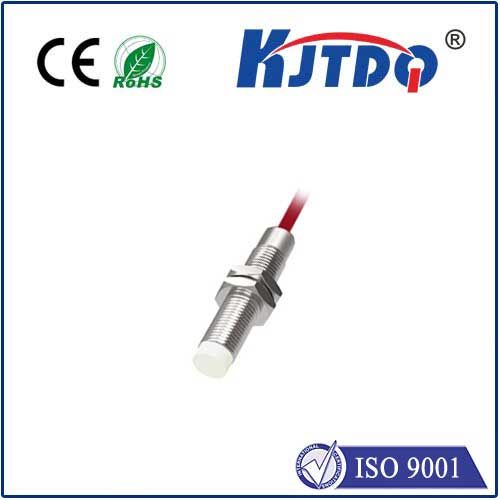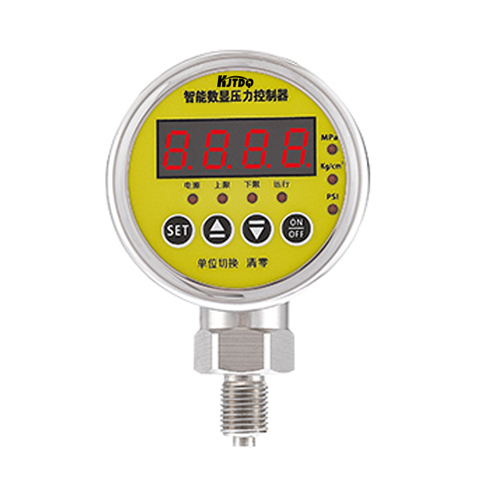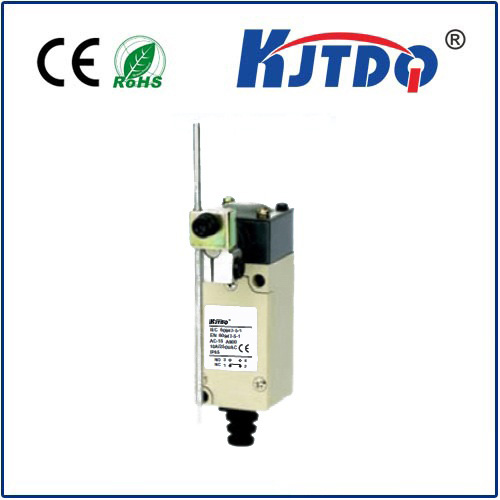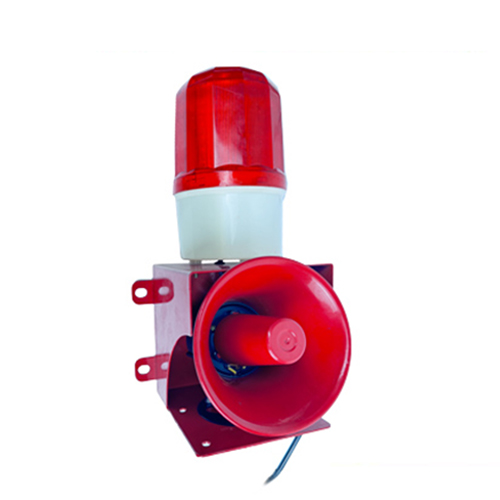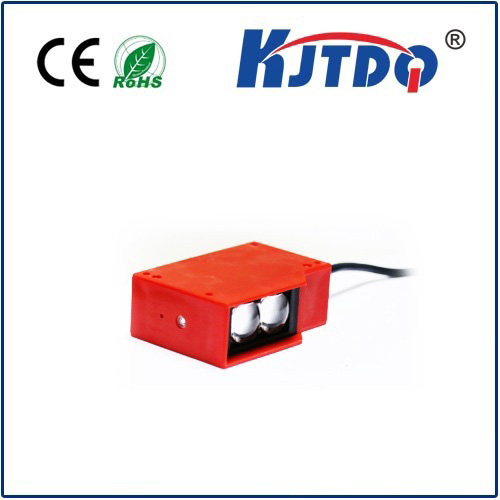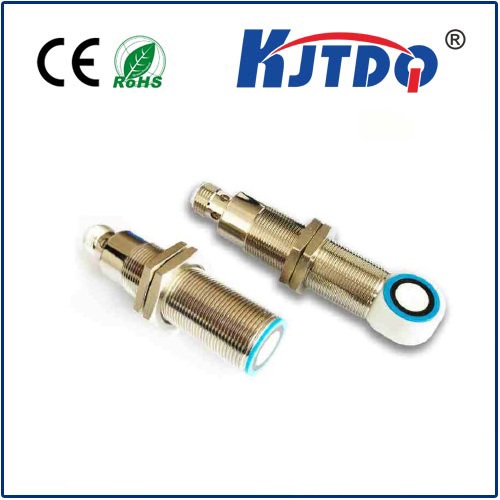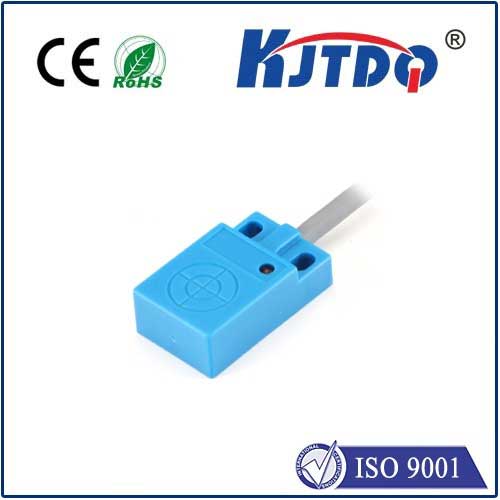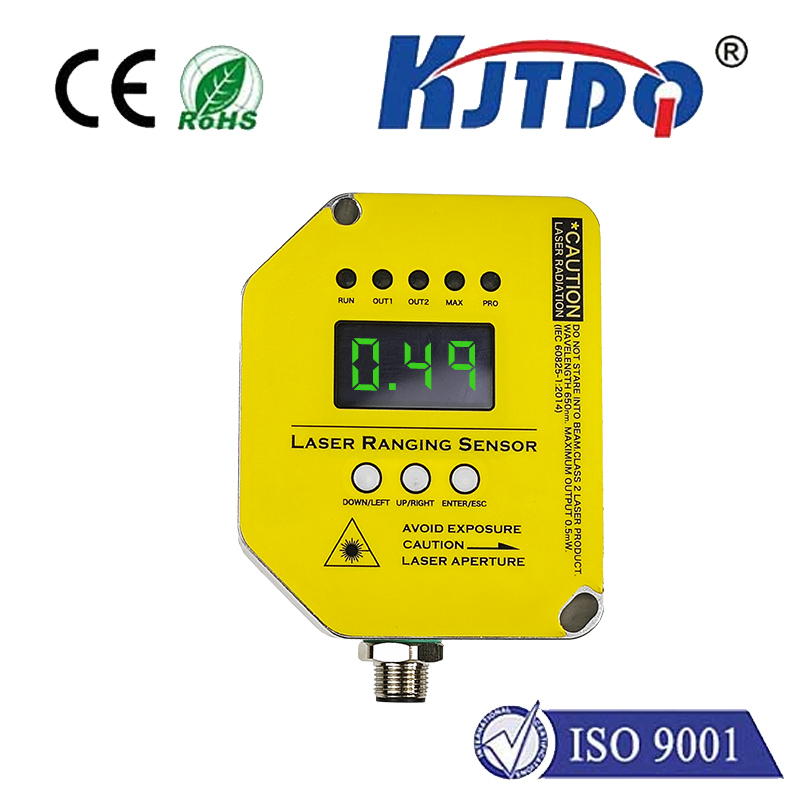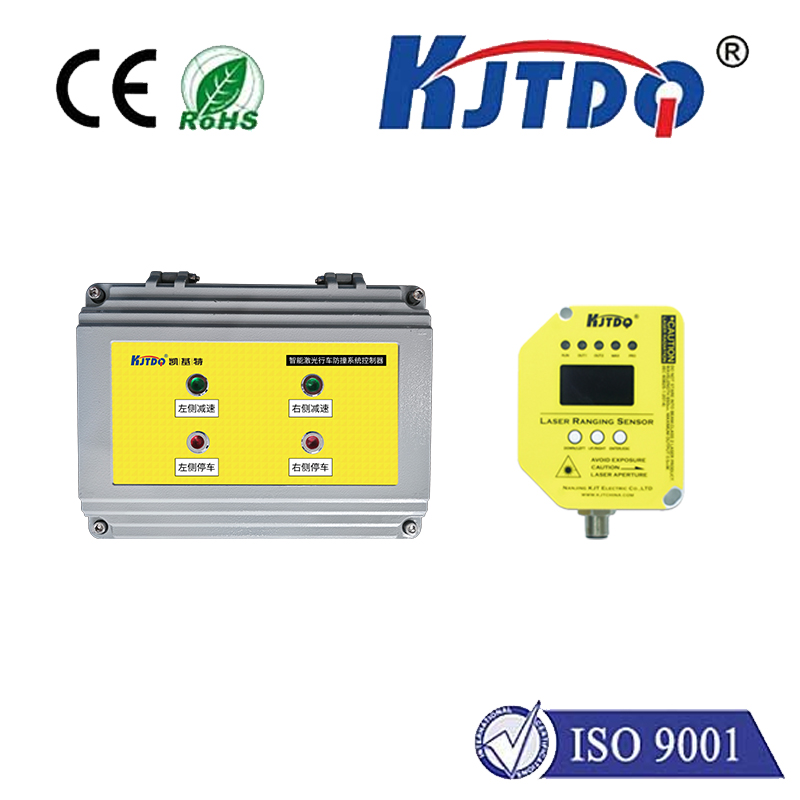3d laser sensor
- time:2025-08-29 03:31:45
- Click:0
Beyond Flat Vision: How 3D Laser Sensors Are Reshaping Our World
Imagine a machine instantly creating a perfect, millimeter-accurate digital twin of a complex aircraft engine part. Picture a warehouse robot navigating autonomously through a maze of pallets with uncanny precision. Envision a self-driving car perceiving the subtle curves of a winding road in pitch darkness. This isn’t science fiction; it’s the tangible reality powered by 3D laser sensors. These sophisticated devices have become the cornerstone of precision, automation, and spatial intelligence across countless industries, moving far beyond the limitations of 2D vision.
Forget flat images; a 3D laser sensor actively probes its environment by emitting laser light and measuring how it interacts with objects. The fundamental principle involves calculating the distance or shape of surfaces with incredible accuracy, constructing a rich point cloud – a dense set of individual data points representing the X, Y, and Z coordinates of the target surface in three-dimensional space. This spatial data unlocks unprecedented capabilities for measurement, inspection, navigation, and interaction.
How Does the Magic Happen? Core Principles Unveiled
Several distinct technologies underpin the 3D laser scanning capabilities of these sensors. Understanding these helps appreciate their diverse applications:

- Time-of-Flight (ToF): This principle reigns supreme in long-range applications like autonomous vehicles and aerial surveying. The sensor emits a short pulse of laser light and precisely measures the time it takes for that pulse to reflect off a surface and return. Knowing the speed of light allows for accurate distance calculation. Scanning mechanisms (like rotating mirrors or phased arrays) enable the sensor to collect distance measurements across a field of view, building the 3D point cloud. LiDAR (Light Detection and Ranging) is a prominent type of 3D laser sensor heavily reliant on ToF.
- Structured Light: This technique excels in close-range, high-resolution applications like industrial metrology and reverse engineering. The sensor projects a known pattern of light (lines, grids, dots, or more complex coded patterns) onto the target surface. A camera observes how this pattern deforms when it hits the object’s unique contours. Sophisticated algorithms analyze this distortion to calculate the exact 3D coordinates of each point on the surface relative to the sensor.
- Triangulation: Often used in conjunction with structured light or laser lines for short-range, high-accuracy tasks (quality inspection on production lines). A laser line or single point is projected onto the target. A camera, positioned at a known angle (forming a triangle with the laser emitter), captures the location of the projected light. Shifts in the laser’s position on the camera’s sensor directly correlate to the height or depth variations on the target surface, allowing precise 3D reconstruction.
Key Strengths that Define 3D Laser Scanning Technology
Why choose a 3D laser sensor over other methods? The advantages are compelling:
- Exceptional Accuracy and Precision: Capable of achieving micrometer or even sub-micrometer resolution under optimal conditions, they provide unparalleled detail for measurement and inspection.
- High Speed: Modern sensors capture thousands, even millions, of point cloud points per second, enabling real-time process control and dynamic scene analysis.
- Non-Contact Measurement: Vital for inspecting delicate, soft, hot, or moving objects without risk of damage or interference. This is crucial in manufacturing, archaeology, and medical applications.
- Robust Performance: Many sensors perform well in challenging environments – low light, variable lighting, or even total darkness (as they provide their own light source). This makes them indispensable for autonomous systems and harsh industrial settings.
- Rich Data Output: The 3D point cloud provides comprehensive spatial information, far exceeding the data richness of a 2D image, enabling complex analysis and decision-making.
Transforming Industries: The Vast Applications of 3D Laser Sensors
The versatility of 3D laser scanning ensures its impact is widespread:
- Industrial Automation & Manufacturing: Revolutionizing quality control through automated inspection of dimensional accuracy, surface defects, and assembly completeness (e.g., verifying gap/flush on car bodies). Enabling precise robot guidance for bin picking, welding, assembly, and painting. Facilitating reverse engineering of complex parts.
- Robotics & Autonomous Systems: Providing the essential “eyes” for mobile robots (AGVs/AMRs) navigating warehouses, factories, and even outdoor environments. Core to the perception systems of self-driving cars and drones using LiDAR, allowing them to map surroundings and detect obstacles in 3D.
- Surveying, Mapping & Construction: Creating highly accurate 3D models (digital twins) of buildings, infrastructure projects, terrain, and archaeological sites. Used for as-built verification, progress monitoring, and volume calculations.
- Metrology & Quality Control: Performing high-precision 3D measurements in labs and production environments for geometric dimensioning and tolerancing (GD&T) verification against CAD models.
- Logistics & Warehousing: Measuring pallet dimensions for optimal truck loading and automated storage/retrieval systems. Verifying package volumes and contents.
- Safety & Security: Monitoring perimeters, detecting intrusions in complex 3D spaces, and tracking people or objects within a defined volume.
- Healthcare & Biomechanics: Used in prosthetics design, custom orthotics, dental scanning, and motion capture for gait analysis.
Choosing the Right Sensor: Balancing Needs
Selecting the optimal 3D laser sensor involves careful consideration:
- Range: How far does the sensor need to measure effectively? (Short-range: <1m, Mid-range: 1m-10m, Long-range: >10m)
- Field of View (FoV): What area or volume needs to be covered horizontally and vertically?
- Accuracy & Resolution: What level of dimensional precision and detail is critical?
- Scanning Speed: How quickly does the data need to be captured? (Points per second)
- Operating Environment: Will it face dust, moisture, vibration, extreme temperatures, or variable lighting?
- Target Surface Properties: Does it need to handle reflective, dark, transparent, or high-contrast surfaces effectively?
- Output Data & Integration: What interface (Ethernet, USB, etc.) and data format (point cloud format, SDK) are needed?
- Budget: Costs vary significantly based on technology, performance, and brand.
Structured light typically offers the highest resolution for close-range tasks, while LiDAR dominates long-range applications like autonomous vehicles. Triangulation sensors are often cost-effective solutions for simpler high-speed line profile measurements on production lines.
The Future Illuminated in 3D
The trajectory for 3D laser sensors points towards even greater integration and capability. We anticipate sensors becoming smaller, more affordable, more power-efficient, and increasingly intelligent. Enhanced software for faster point cloud processing, AI-driven object recognition directly on the sensor edge, and improved performance on challenging surfaces are key areas of development. As these advancements continue, 3D laser scanning will become even more ubiquitous, quietly powering the next wave of automation, safety, and spatial understanding across virtually every sector, fundamentally reshaping how machines perceive and interact with the physical world.












